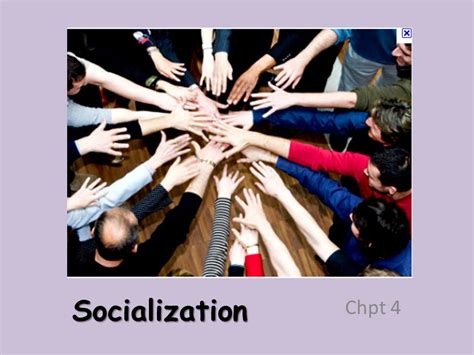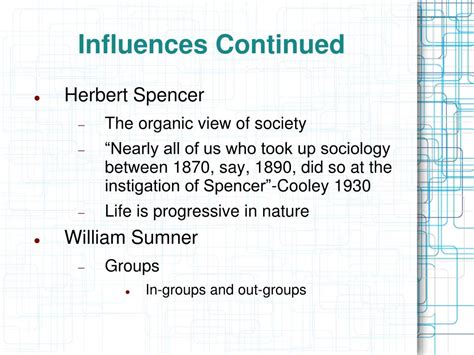Looking Glass Self

The concept of the Looking Glass Self is a fundamental idea in sociology, particularly in the realm of social psychology. It was first introduced by Charles Horton Cooley, an American sociologist, in his 1902 book "Human Nature and the Social Order." This concept suggests that an individual's sense of self is derived from how they perceive others perceive them. In essence, our self-concept is a reflection of what we think others think of us, much like our physical appearance is reflected in a mirror. This idea has profound implications for understanding human behavior, social interactions, and the development of identity.
Understanding the Looking Glass Self

The Looking Glass Self is composed of three main elements: the imagination of our appearance to the other person, the imagination of their judgment of that appearance, and some sort of self-feeling, such as pride or mortification. This process involves imagining how others see us, interpreting their reactions, and adjusting our self-concept accordingly. It’s a dynamic and continuous process that affects how we perceive ourselves and our place within social groups. For instance, if an individual perceives that others view them as intelligent and capable, they are more likely to incorporate these traits into their self-image, thereby enhancing their self-esteem.
Formation of Self-Concept
The formation of self-concept through the Looking Glass Self mechanism is intricately linked with social interactions. From a young age, we learn about ourselves through our interactions with family members, friends, and other significant figures. The way these individuals react to us, praise us, criticize us, or ignore us influences our understanding of who we are and what we are capable of. This process of self-discovery is not a solitary activity but is deeply embedded in our social environment. The societal norms, cultural values, and expectations that surround us further shape our self-perception, as we strive to conform to or sometimes rebel against these standards.
| Element of Looking Glass Self | Description |
|---|---|
| Imagination of Appearance | How we think others perceive our appearance or behavior. |
| Imagination of Judgment | Our interpretation of how others judge us based on their perceived impressions. |
| Self-Feeling | The emotional response we have to the perceived judgments of others, such as pride or shame. |

Implications of the Looking Glass Self

The implications of the Looking Glass Self are far-reaching, influencing various aspects of our lives, from personal relationships and emotional well-being to professional achievements and social behaviors. It explains why social support and positive feedback from others can enhance our self-esteem and motivation, while negative feedback or rejection can lead to self-doubt and decreased confidence. Furthermore, this concept can help us understand phenomena such as peer pressure, conformity, and the impact of social media on self-perception, as individuals often seek validation and adjust their self-image based on the perceived opinions of their online peers.
Criticisms and Limitations
While the Looking Glass Self provides valuable insights into the social construction of identity, it has also faced criticisms and challenges. Some critics argue that the theory overlooks the role of individual agency and internal factors in shaping self-concept, instead placing too much emphasis on external social factors. Additionally, the theory may not fully account for the complexities of modern societies, where individuals interact with a multitude of diverse groups and may experience conflicting reflections from different social mirrors.
Key Points
- The Looking Glass Self is a sociological concept that describes how our self-concept is influenced by our perceptions of how others see us.
- It consists of three elements: the imagination of our appearance to others, the imagination of their judgment, and the resultant self-feeling.
- This concept highlights the importance of social interactions and feedback in shaping our identities and behaviors.
- It has implications for understanding self-esteem, motivation, social behaviors, and the impact of social media on self-perception.
- Criticisms of the theory include its potential overlooking of individual agency and the complexities of modern, diverse social environments.
In conclusion, the Looking Glass Self remains a pivotal concept in sociology, offering a nuanced understanding of how our self-concepts are socially constructed. By recognizing the significance of perceived social judgments in shaping our identities, we can better navigate the complexities of social interactions and develop strategies to foster positive self-concepts and resilient identities. As we continue to navigate the ever-changing landscape of social relationships and technological advancements, the insights provided by the Looking Glass Self will remain invaluable for understanding the dynamic and interpersonal nature of self-concept formation.
What is the Looking Glass Self, and how does it influence our self-concept?
+The Looking Glass Self is a concept that suggests our self-concept is derived from how we perceive others perceive us. It influences our self-concept by making us imagine how others see us, interpret their reactions, and adjust our self-image accordingly, which can affect our self-esteem, behaviors, and social interactions.
How does social media impact our self-concept through the lens of the Looking Glass Self?
+Social media can significantly impact our self-concept as it provides a platform where we can curate our online personas and seek validation through likes, comments, and followers. This can lead to a heightened sense of self-importance if we receive positive feedback, but also to feelings of inadequacy or low self-esteem if we perceive negative judgments or lack of attention from our online peers.
What are some criticisms of the Looking Glass Self theory, and how do they relate to its limitations?
+Criticisms of the Looking Glass Self theory include its potential to overlook individual agency and internal factors in shaping self-concept, focusing too much on external social factors. Additionally, the theory may struggle to fully account for the complexities of modern, diverse societies where individuals interact with multiple groups, potentially receiving conflicting reflections from different social mirrors.